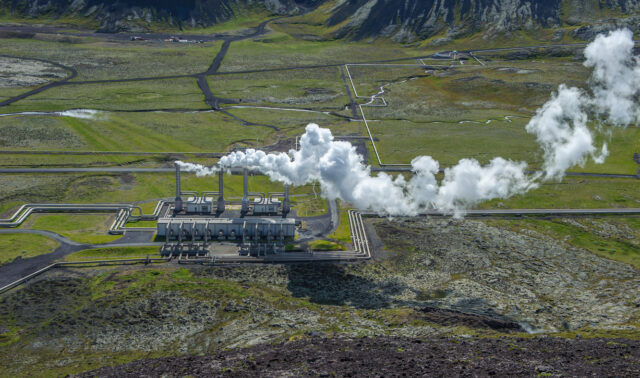The data centre’s role in the fight against climate change is an uncertain one. Globally, data centres consume between 1-1.5% of all electricity, according to data collected by the International Energy Agency (IEA). In 2022, data centres used approximately 460TWh of electricity. They also accounted for 3.5% of the global greenhouse gas emissions—more than the global aviation industry.
This may sound bad, but the industry’s emissions figures and electricity consumption are actually something of a miracle. As the IEA notes, emissions from data have “grown only modestly despite rapidly growing demand for digital services,” since 2010. They credit energy efficiency improvements, renewable energy purchases, and the broader decarbonisation of electricity grids around the world.
However, curtailing emissions growth through increased efficiency and renewable power purchase agreements is insufficient. Not only is demand for data centre capacity set to more than double by 2026 (exceeding 1000TWh) thanks to AI, but the IEA suggests that “to get on track with the Net Zero Scenario, [data centre] emissions must drop by half by 2030.”
Data centre freezes are insufficient
With trillion of dollars in economic impact at stake, it’s highly unlikely data centre growth will be curtailed.
Some countries, including Singapore, Ireland, and the Netherlands, have stepped in to regulate growth and even freeze their data centre industries, as the burden of massive hyperscale facilities on their nations’ power and water supplies begins to outweigh their economic benefits. One fifth of Irelan’s electricity was consumed by data centres in 2022. By 2026, it will rise to one third of the country’s energy consumption. In response, Ireland’s national electricity utility stepped in and, in May of 2022, effectively banned data centre construction in Dublin.
However, regulating on a national or regional level like this only pushes demand elsewhere. The Dublin moratorium is a demonstration of this problem in miniature. Just six months after the moratorium took effect, there were 21 new facilities in the works outside the Dublin area. Many of them “as close to the capital as possible, roughly 80 km away at sites in Louth, Meath, Kildare, Kilkenny, and Wicklow.”
The same process is being replicated at different scales around the world. Data centre capacity in aggregate isn’t going anywhere but up. The problem is holistic, and therefore the solution should be too.
The fight for green digital infrastructure
The need for data centre infrastructure that consumes less power, less water, and has a reduced impact on both the local area and global emissions is gaining real traction.
A report by the World Bank notes that while “Reliable, secure data hosting solutions are becoming increasingly important to support everyday functions across societies,” in order to “ensure sustainable digital transformation, efforts are needed to green digital infrastructure.”
However, building data centres that are more energy efficient is only half the battle.
“There is no truly green data centre until we achieve deep decarbonisation,” says Helen Munro, Head of Environment & Sustainability at Pulsant. Only when the industry “embeds respect for nature and resources,” at the site level, throughout the hardware supply chain, the infrastructure, construction process, and throughout supporting power utilities will there ever be such a thing as a “green data centre”.
CONTINUES IN PART TWO.
- Infrastructure & Cloud
- Sustainability Technology











